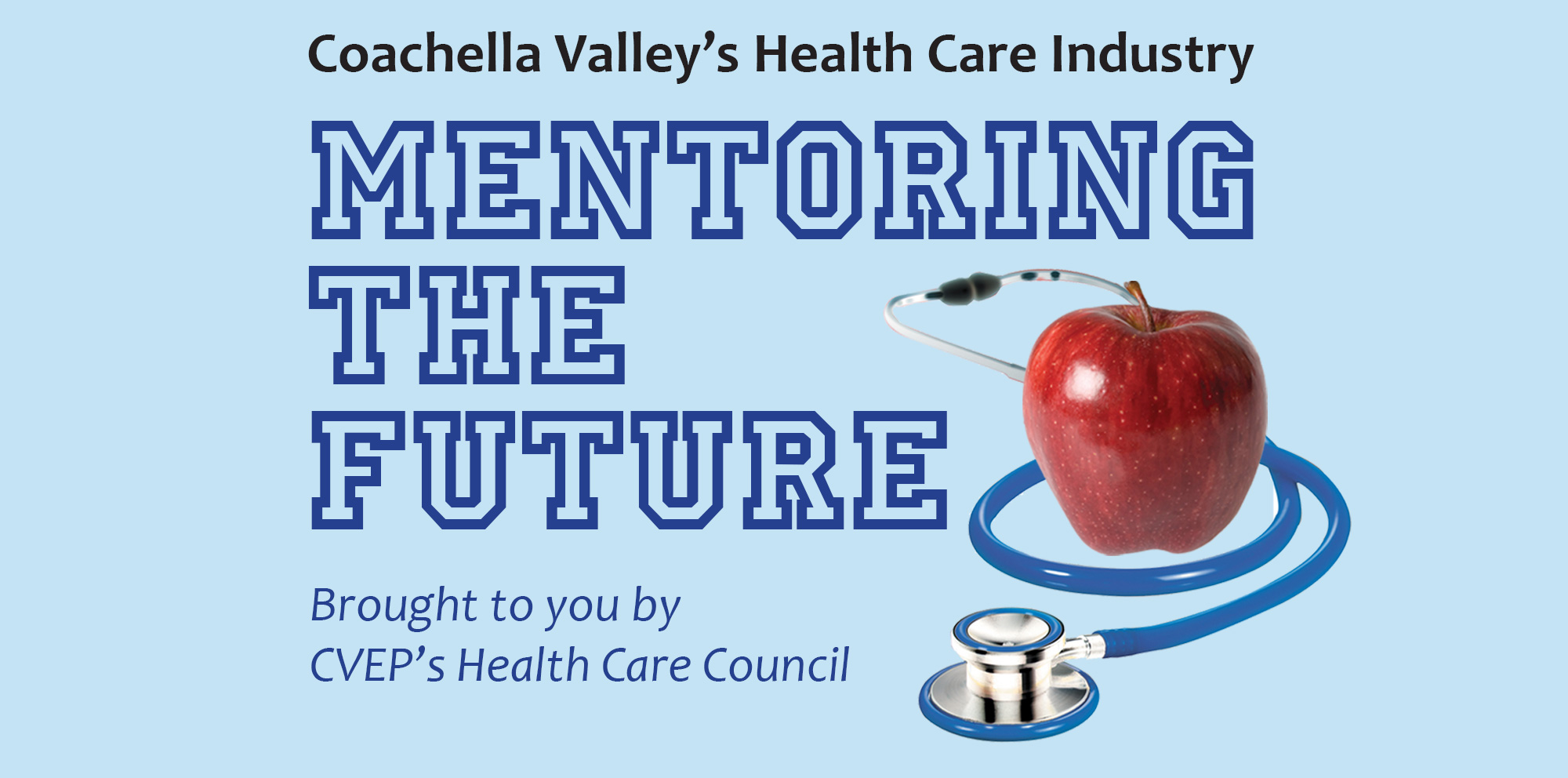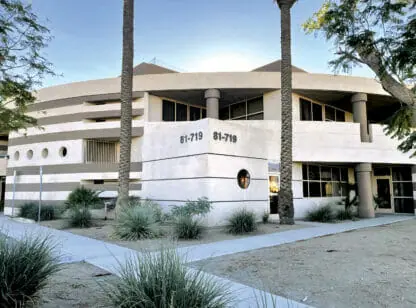At 93.8%, Nebraska boasts the highest graduation rate according to U.S. News & World Report while Florida laments the lowest, at 65.8% (Oct. 2016). California doesn’t make the top ten (at 82%), though so many people want to visit, yet can’t afford to live here. How could California improve its educational rankings, to increase the number of high school graduates to become more competitive in the college and career technical education (CTE) realm of the post-secondary workforce?
No one likes to do things that are boring and seemingly meaningless. High school makes the list of boredom and meaningless activities. According to a Washington Post article on education today, students must be engaged in more ways than one (Oct. 2013). Researchers at the University of Pittsburgh identified student engagement as having three equally important components: behavioral engagement – students get their work done on time and follow the rules; emotional engagement – students are excited about being in class and they’re interested in the lessons; and, cognitive engagement – students work to apply the knowledge they learn in class and to life outside of school. CTE programs contribute to all of these engagement categories.
What role does a CTE program assume in the educational realm? “The average high school graduation rate in 2012 for CTE concentrators was 93 percent, compared to the national adjusted cohort graduation rate of 80 percent.” (ACTE 2016) By increasing the hands-on experience and relevance of education to jobs that actually employ skills learned in and outside the classroom, CTE programs contribute to the overall successful outcome of the average student.
College is important for some careers; however, does the interest line up with the career? “The mismatch between what students are interested in doing, and what employers are willing to pay for, may be the biggest impediment to a rewarding career for the newest generation of American workers.” (U.S. News & World Report 2012) The days of “just get a college degree” must be replaced by “get the training and education that employers need.” Of course, the young adult must have an interest in the job or career; otherwise, employers experience attrition from a dissatisfied workforce that just “needs a job.”
Some say CTE detracts from students who should otherwise attend college, earning a 4-year degree. Currently, there are too many degrees for too few jobs in the U.S. workforce, creating a disconnect between education and available jobs. “Many Americans don’t have the skills that those available jobs require. It’s called the job skills gap, and it has become a serious problem in the U.S.” (CNN Money, 2016)
The mismatch results in over-educated Americans with no job to pay for their student loans. Forty-three percent of young workers with licenses and certificates earn more than those with an associate degree; 27% earn more than those with a bachelor’s degree; and 31% of young workers with associate degrees earn more than those with a bachelor’s degree.” (ACTE 2016) Often, even those who attend college must work. With CTE certification and employment experience, students can then concentrate on obtaining that sought-after degree, with the foundation of career-technical experience to bolster their employability in the next salary bracket.
Simon P. Moore is an English teacher and health academy lead teacher at Coachella Valley High School. For more information on our local student workplace program contact Kim McNulty at OneFuture Coachella Valley: kmcnulty@onefuturecv.org.


















































Comments (0)